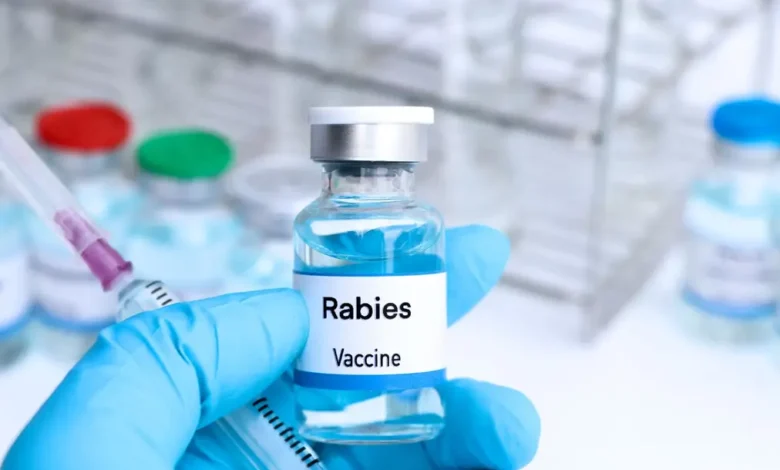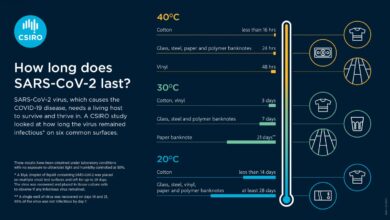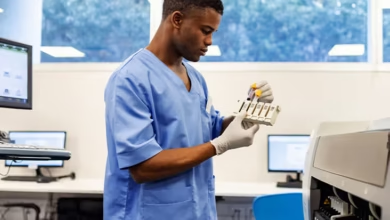The Rabies Vaccine: Everything You Need to Know

Rabies Vaccine is one of the most terrifying viral diseases, often associated with wild animals and severe consequences if untreated. The rabies vaccine plays a critical role in preventing this deadly condition, and understanding its purpose, administration, and significance can help you stay protected. In this article, we’ll delve into what the rabies vaccine is, how it works, who needs it, and address common questions about it.
What is the Rabies Vaccine?
The rabies vaccine is a life-saving immunization that prevents rabies, a viral disease affecting the central nervous system. Rabies is transmitted through saliva, usually via bites or scratches from infected animals. Without prompt treatment, the virus can lead to fatal encephalitis (inflammation of the brain).
How Does the Rabies Vaccine Work?
The rabies vaccine works by stimulating the immune system to produce antibodies against the rabies virus. These antibodies fight off the infection, either preventing the onset of the disease (pre-exposure prophylaxis) or halting its progression after exposure (post-exposure prophylaxis).
The vaccine is made using inactivated rabies virus, which means it cannot cause the disease. Instead, it trains the immune system to recognize and neutralize the virus if encountered.
Types of Rabies Vaccines

There are two main types of rabies vaccines:
- Human Diploid Cell Vaccine (HDCV): This is one of the most commonly used vaccines, made using cultured human cells.
- Purified Chick Embryo Cell Vaccine (PCECV): Another highly effective vaccine, developed using chick embryo cells.
Both vaccines are safe and effective, ensuring robust protection against the virus.
When Do You Need a Rabies Vaccine?
The timing of rabies vaccination depends on whether you’re getting it as a preventive measure or after potential exposure. Let’s break it down.
Pre-Exposure Prophylaxis
Pre-exposure rabies vaccination is recommended for individuals at high risk of coming into contact with the virus, including:
- Veterinarians and animal handlers
- Laboratory workers handling rabies virus
- Travelers visiting areas where rabies is endemic
- Individuals frequently exposed to wildlife, such as bats, raccoons, or foxes
The vaccine is typically given in a series of three shots over several weeks. This proactive measure ensures that the immune system is prepared to combat the virus in case of exposure.
Post-Exposure Prophylaxis
Post-exposure prophylaxis (PEP) is administered to individuals who have been bitten, scratched, or otherwise exposed to a potentially rabid animal. PEP involves:
- Immediate wound cleaning with soap and water to reduce viral load.
- A series of rabies vaccine doses, starting as soon as possible after exposure.
- Rabies Immune Globulin (RIG) in cases where the individual hasn’t been previously vaccinated.
Prompt treatment after exposure is crucial, as symptoms of rabies are almost always fatal once they appear.
The Rabies Vaccination Process: What to Expect
Pre-Vaccination Procedure
For pre-exposure prophylaxis, the vaccination process is straightforward. The vaccine is administered in three doses over 21 to 28 days. The shots are typically given in the deltoid (upper arm) muscle for adults or the thigh for young children.
Side effects are generally mild and may include soreness at the injection site, headache, or fatigue.
Post-Exposure Treatment
If you’ve been exposed to a potentially rabid animal, the treatment involves:
- Immediate action: Wash the wound thoroughly with soap and water.
- Medical evaluation: Seek medical attention to assess the risk and begin the vaccine series promptly.
- Vaccine schedule: A total of four doses are administered on days 0, 3, 7, and 14. For unvaccinated individuals, RIG is given along with the first dose.
The vaccine is safe for most people, though pregnant or immunocompromised individuals should consult their healthcare provider for specific guidance.
Rabies in Animals: Understanding the Risks
Rabies primarily affects mammals, with certain species posing higher risks to humans. Understanding animal-related risks helps prevent exposure and the need for vaccination.
High-Risk Animals
- Wild animals: Bats, raccoons, foxes, and skunks are common carriers of the rabies virus in many regions.
- Domestic animals: Cats, dogs, and livestock can also contract rabies, especially in areas where vaccination rates are low.
- Other animals: Although rare, small rodents and rabbits can carry the virus but are less likely to transmit it.
Preventive Measures
- Vaccinate pets against rabies.
- Avoid handling wild animals, especially if they exhibit unusual behavior.
- Report stray or unvaccinated animals to local authorities.
Myths and Misconceptions About Rabies and the Vaccine
Despite its importance, many myths surround the rabies vaccine and disease. Let’s debunk some of the most common ones.
Myth 1: Rabies is Rare and Not a Concern
Fact: Rabies is rare in some countries due to effective vaccination programs, but it remains a significant problem in many parts of the world. It’s critical to stay informed, especially when traveling to high-risk areas.
Myth 2: Vaccines Are Only Needed After an Animal Bite
Fact: While post-exposure prophylaxis is essential after exposure, pre-exposure vaccination is crucial for individuals at high risk. Prevention is always better than cure.
Myth 3: Rabies Vaccines Have Severe Side Effects
Fact: Modern rabies vaccines are safe and cause minimal side effects, such as mild pain or redness at the injection site. Serious reactions are extremely rare.
Global Rabies Statistics and Efforts to Eliminate the Disease
Rabies remains a public health concern in many regions, particularly in Asia and Africa, where vaccination coverage is low. According to the World Health Organization (WHO):
- Rabies causes an estimated 59,000 deaths annually worldwide.
- The majority of cases result from dog bites.
- Vaccination programs for humans and animals are the most effective way to reduce cases.
Global health organizations are working towards the elimination of rabies by 2030 through mass dog vaccination campaigns and improved access to human vaccines.
The Cost and Accessibility of Rabies Vaccines
How Much Does the Rabies Vaccine Cost?
The cost of rabies vaccination varies depending on the country and healthcare system. Pre-exposure vaccination typically costs between $200 and $500 for the full series, while post-exposure treatment can range from $1,200 to $6,000.
Accessibility Challenges
- High costs: In low-income countries, the high cost of vaccines can be a barrier.
- Limited availability: Rural areas often lack access to vaccines and treatment centers.
- Efforts to improve access: Organizations like WHO and GAVI are working to make vaccines more affordable and accessible in underserved regions.
Conclusion: Protect Yourself and Others
The rabies vaccine is a crucial tool in preventing one of the deadliest viral diseases. Whether you’re at high risk of exposure or need treatment after a potential encounter, timely vaccination can save lives. By staying informed, vaccinating pets, and taking precautions, you can protect yourself and help reduce the global burden of rabies.
Always consult with a healthcare professional if you’re unsure about your vaccination needs or if you suspect exposure. Together, we can work towards a rabies-free world.



